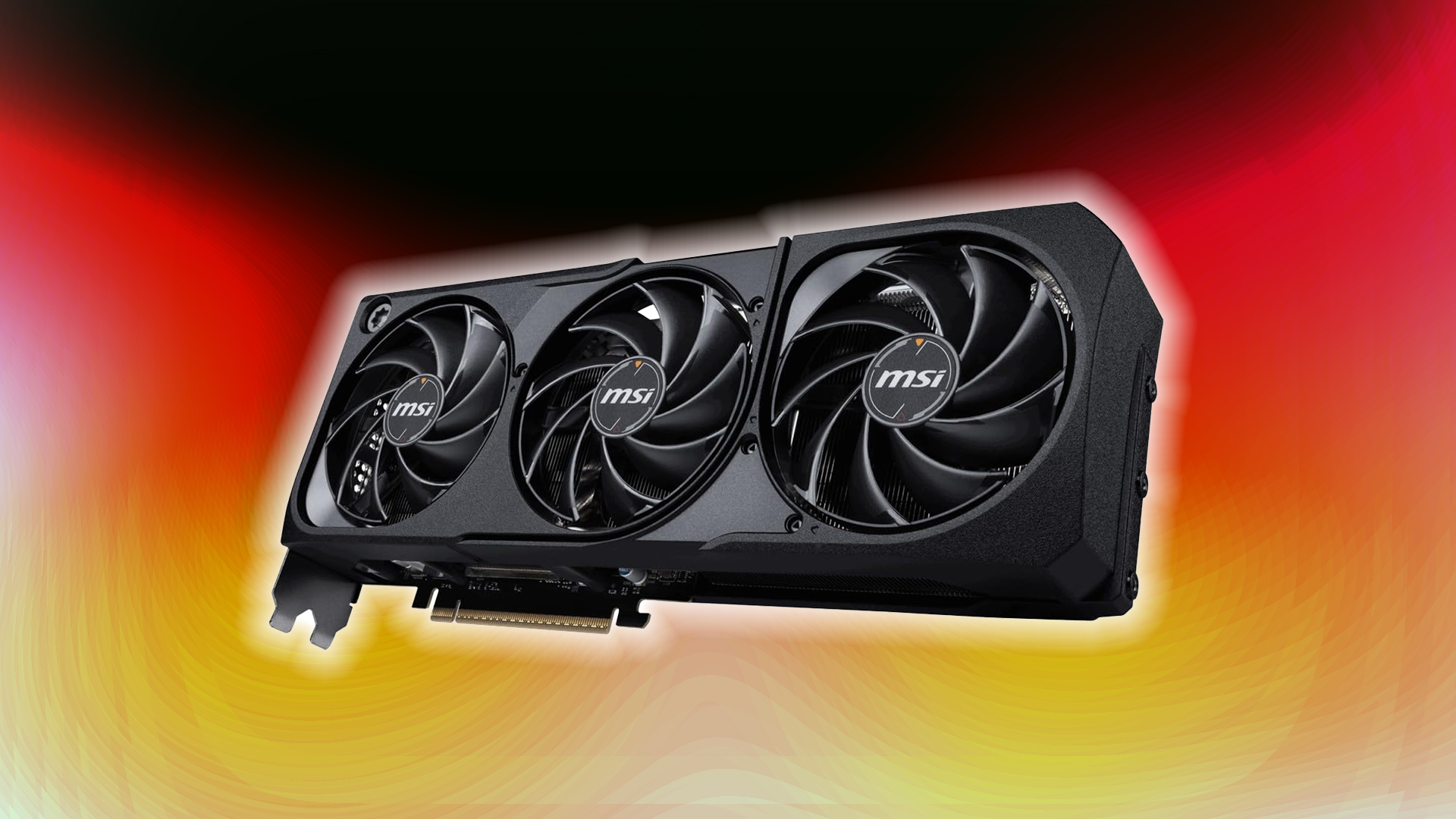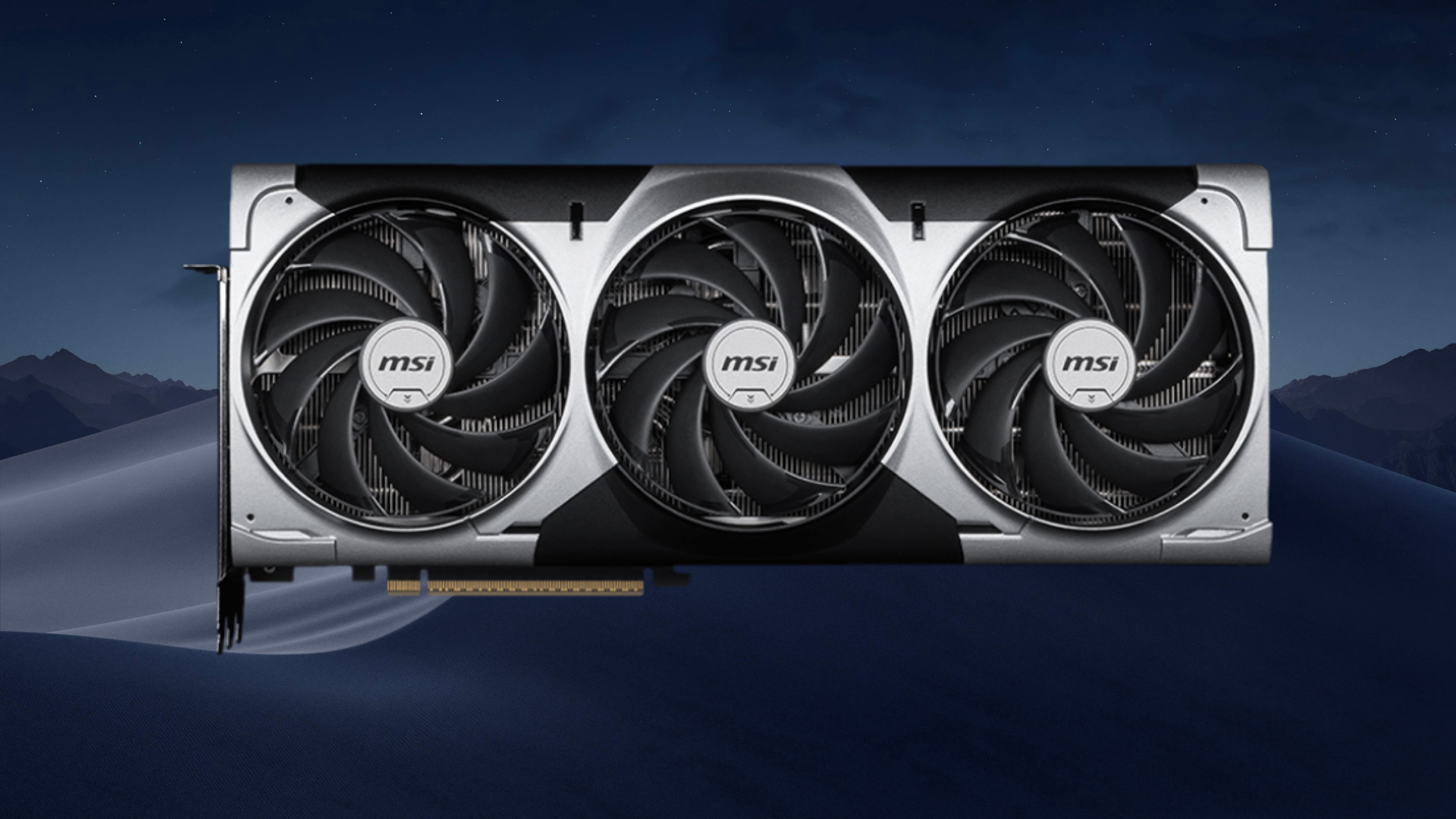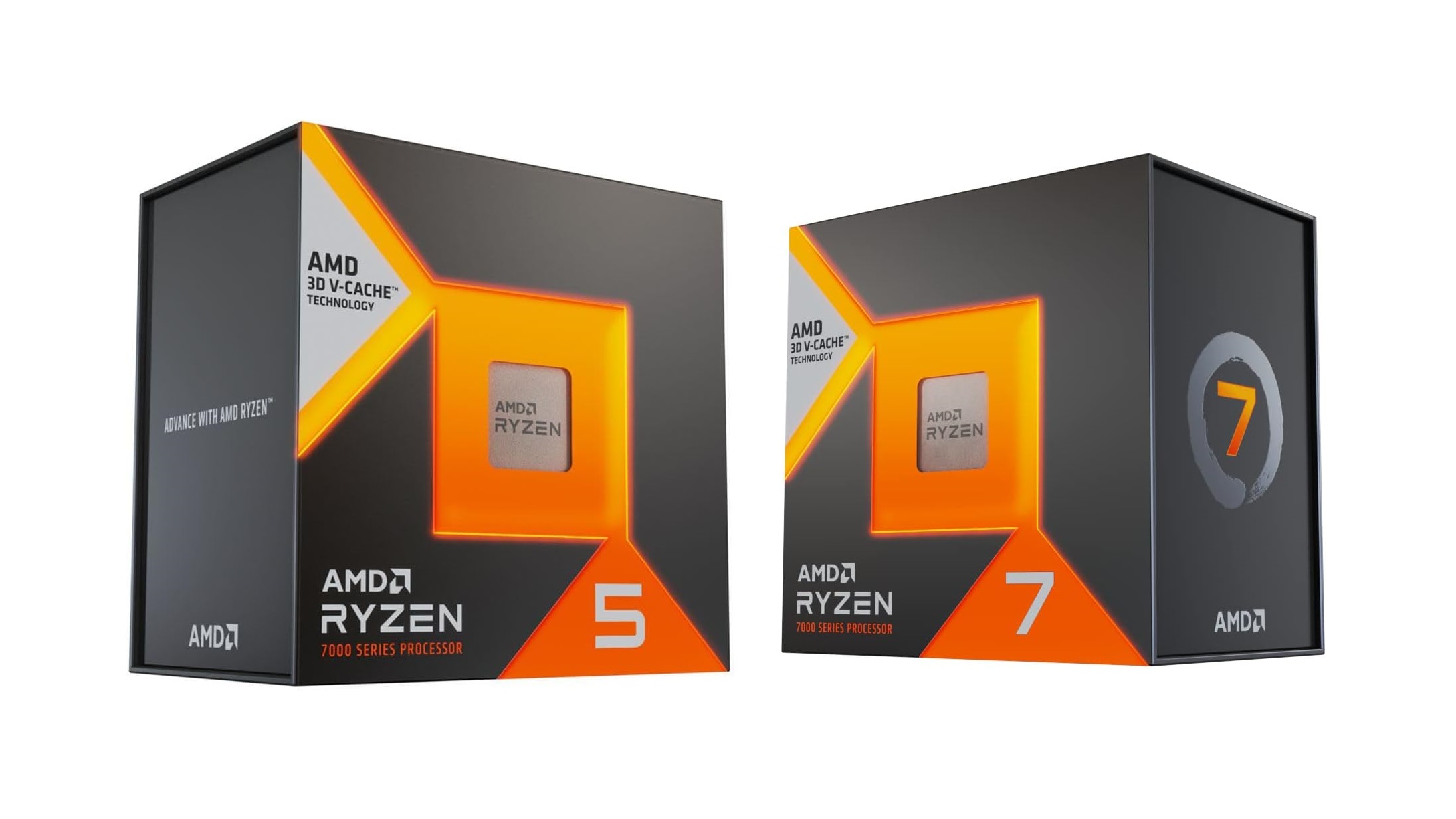This article covers the essential aspects you need to know before you switch from Windows to Linux for gaming.
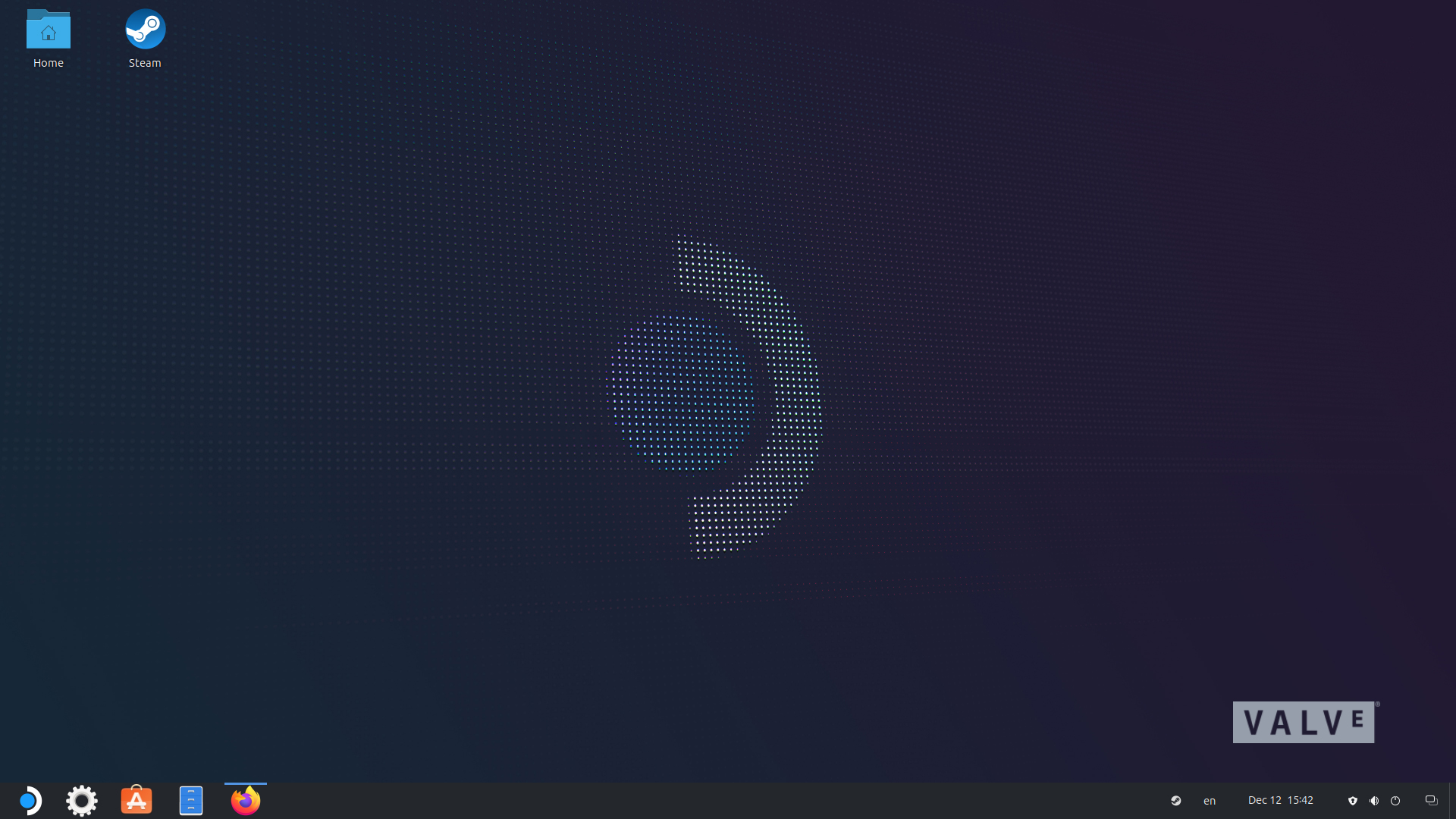
Many gamers prefer privacy and opt for Linux over Windows, which has become incredibly popular. With distros such as Bazzite and Steam OS, Linux gaming has attracted massive attention. But wait, you prefer games with anticheat, for example, Valorant, Call of Duty, and GTA 5. This becomes incredibly challenging, as using VM over Linux will likely get you banned from these, and without IOMMU passthrough, proper GPU acceleration will be a problem. Additional factors include CPU choices, GPU choices, I/O controller choices, and more. So, before jumping right into Linux, it is essential to understand the following factors:
Linux for Gaming: Will My Games Work on Linux?
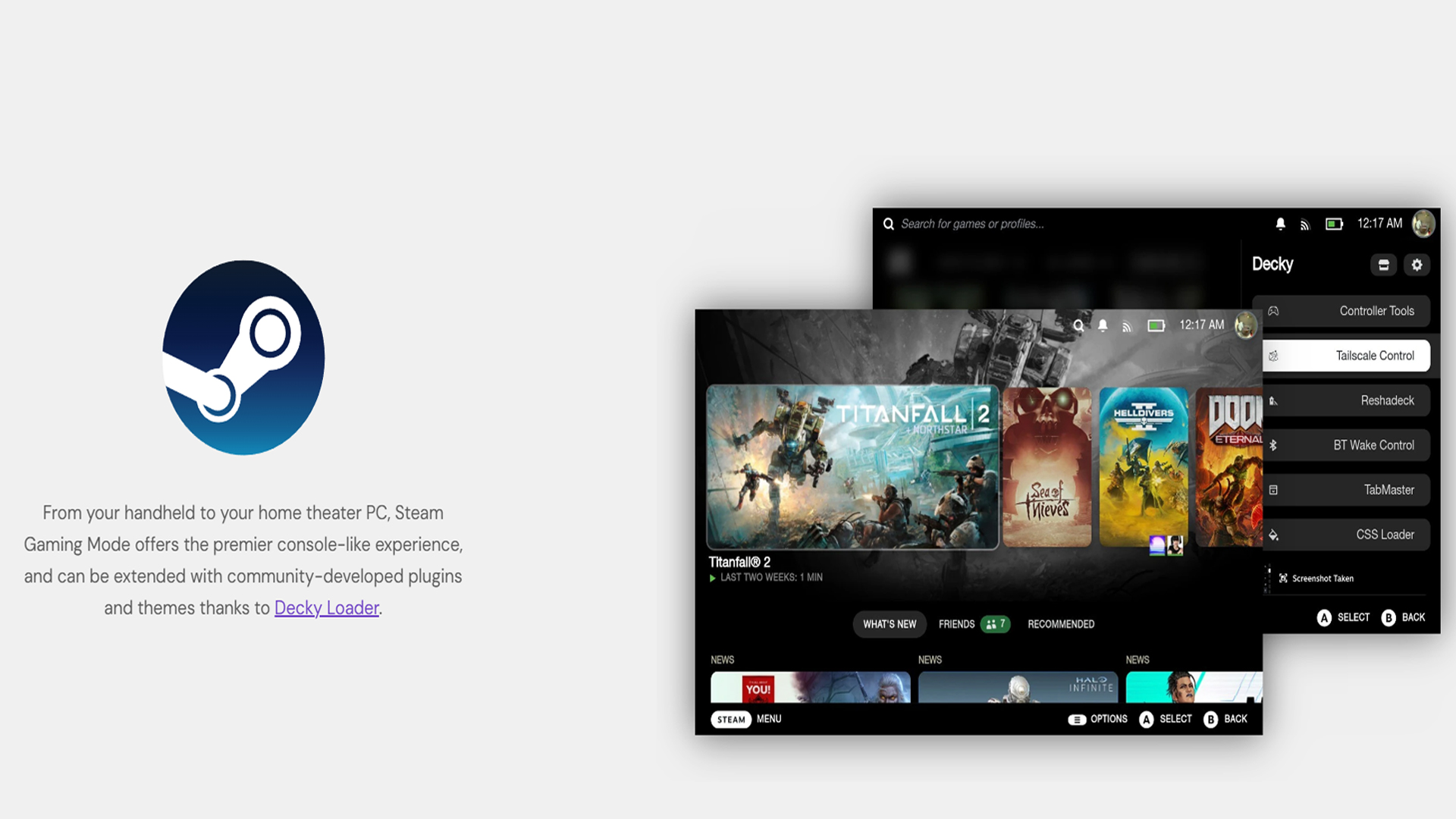
As mentioned in the beginning, game compatibility is the biggest issue with Linux; otherwise, the platform has zero competition. Gamers who want to play competitive titles that feature anti-cheat don’t work that well with Linux, and as mentioned, using a VM raises the chances of getting hardware banned. Although some games work thanks to Proton, a compatibility layer for Steam, the overall experience is slightly complicated for a beginner.
Summing it up, here are the limitations covered in brief points:
- Games with kernel-level anti-cheat systems often don’t work properly.
- Some games require specific configurations or workarounds.
- Multiplayer games can be particularly problematic, especially those from certain publishers like Riot Games.
- Check your desired games on ProtonDB to get a general idea of how well they will run.
Anti-Cheat Compatibility Table:
| Game | Linux Support Status | Notes |
| Call of Duty MW3 / Warzone | Not Supported | Uses Ricochet kernel-level anti-cheat; won’t run on Linux |
| Destiny 2 | Not Supported | Explicitly blocked on Linux/Steam Deck; ban risk |
| Apex Legends | Not Supported | EA blocked Linux access as of late 2024 |
| GTA V (Single-player) | Fully Playable | Runs via Proton |
| GTA V (Online) | Not Supported | Online mode unstable or risky; BattlEye not enabled for Proton |
| Fortnite | Not Supported | EAC works, but Epic disabled Linux support |
| League of Legends | Limited Support | Unofficial workarounds exist; no official support |
| Rocket League | Not Supported | Linux support dropped in 2020; online functionality broken |
| Counter-Strike 2 | Fully Playable | Works via Proton, albeit with performance issues |
| Dota 2 | Fully Playable | Native Linux support, albeit with performance issues |
| Team Fortress 2 | Fully Playable | Fully supported on Linux. |
| Minecraft (Java) | Fully Playable | Native support with mods |
| BattleBit Remastered | Fully Playable | Works via Proton with EAC compatibility |
How Much Performance You Might Gain (or Lose)
There is a myth that there will be monumental gains in Linux when playing games on a given platform. However, as mentioned, that’s a myth. While gaming can improve due to significantly lower driver overheads, community-powered drivers are more versatile overall. But still, there can be gains or regression. AMD GPUs gain a lot in Linux, mainly as their drivers are fully open-sourced. On the other hand, Nvidia gets significant regressions due to their new drivers missing open-source status. Users should keep their expectations realistic; performance gains and regression situations are hit-and-miss.
Below are a few real-life scenarios gamers can expect at the best:
- Most games experience only minimal performance loss (around 3% or less)
- Some games actually perform better on Linux
- Resource-intensive games might require more VRAM on Linux than on Windows
Hardware Compatibility
If you are into distros such as Steam OS, you can download the latest compatibility or update image from Valve and flash it to your system. If you are on a totally AMD Ryzen and Radeon combination (RDNA+), then you are good to go, but be mindful, as some WIFI, Bluetooth, or even Ethernet drivers won’t work out of the box. Intel users lack Steam OS support, but they have support for various other distros, including Bazzite.
Below are a few compatibility scenarios you will likely face;
- NVIDIA GPUs can be challenging with Linux, particularly with Wayland
- AMD graphics cards generally have better Linux support with open-source drivers
- Consider checking hardware compatibility before making the switch.
Choosing a Linux Distribution

Now that the hardware requirements and platform issues are sorted, let’s select a distro, follow the installation procedure, and customize it further. Note that some distros are more beginner-friendly than others. Gaming-focused distributions typically include pre-configured drivers and tools to simplify setup. Taking into account this, here are your options:
- Pop!_OS and Garuda Linux are often recommended for beginners
- EndeavourOS and Fedora provide up-to-date packages needed for gaming
- Linux Mint offers a familiar interface for Windows users
Dual-Boot vs. Full Switch
For most new Linux gamers, dual-booting is recommended:
- Install Linux on a separate drive from Windows for minimal issues
- Use the GRUB bootloader to choose between operating systems at startup
- This allows you to boot into Windows for games that don’t work well on Linux
The most reliable dual-boot setup involves using separate physical drives for each operating system.
Setup Essentials
Assuming that you have installed Linux and have completed the initial setup, you need to follow the instructions below:
- Update your system first. (sudo apt update && sudo apt upgrade -y)
- Install the proper graphics drivers for Intel and Nvidia. AMD GPUs auto-install.
- Enable Steam Play in Steam settings
- Install Proton, BattlEye and EasyAntiCheat runtimes for online gaming
- Configure Proton experimental or specific Proton versions for problematic games
After this, you will need several tools such as the ones mentioned below for a proper gaming experience:
- Steam with Proton enabled
- Proton GE for wider game compatibility
- Lutris for non-Steam games
- Heroic Launcher for Epic Games Store and GOG titles
- Bottles for running Windows applications
- Game Mode for optimizing performance
Conclusion
Although gaming on Linux has progressed quite a lot in recent years, thanks to Valve and the entire Linux community, there are issues with games relying on kernel-level anti-cheat, cross-platform compatibility, and the overall process, from planning and configuring to getting it running, being complicated. It is best to reconsider what games you are playing and whether you need Linux. For security and data integrity, a strong home network with a good firewall can let you filter packet requests from Windows, although the same cannot be said for kernel-level anticheats.
Looking For More Related to Tech?
We provide the latest news and “How To’s” for Tech content. Meanwhile, you can check out the following articles related to PC GPUs, CPU and GPU comparisons, mobile phones, and more:
- 5 Best Air Coolers for CPUs in 2025
- ASUS TUF Gaming F16 Release Date, Specifications, Price, and More
- iPhone 16e vs iPhone SE (3rd Gen): Which One To Buy in 2025?
- Powerbeats Pro 2 vs AirPods Pro 2: Which One To Get in 2025
- RTX 5070 Ti vs. RTX 4070 Super: Specs, Price and More Compared
- Windows 11: How To Disable Lock Screen Widgets
 Reddit
Reddit
 Email
Email
